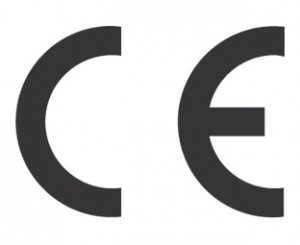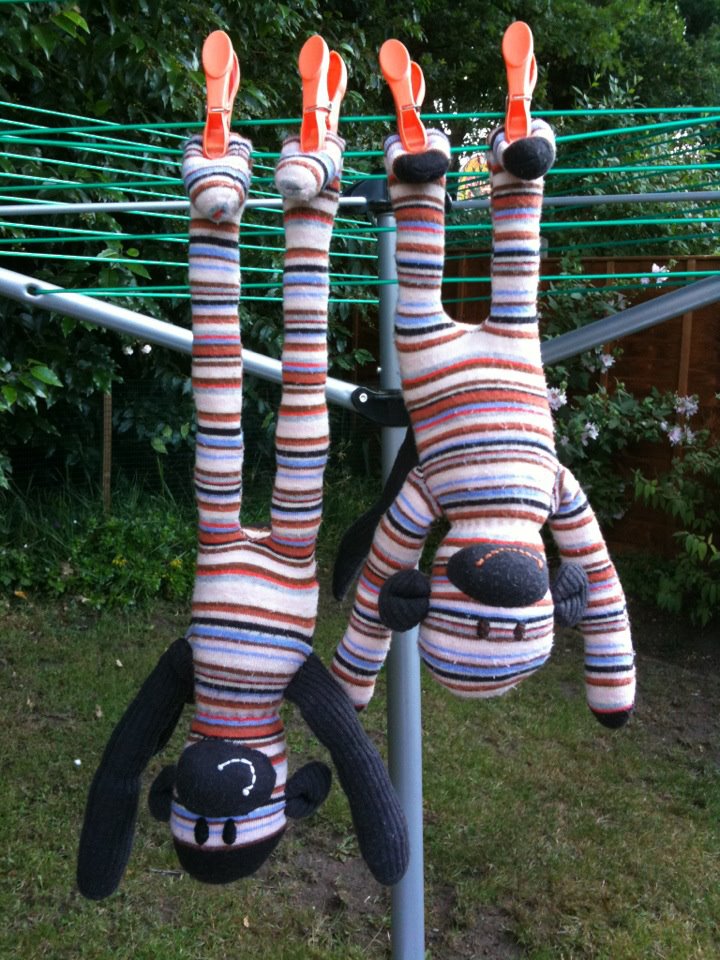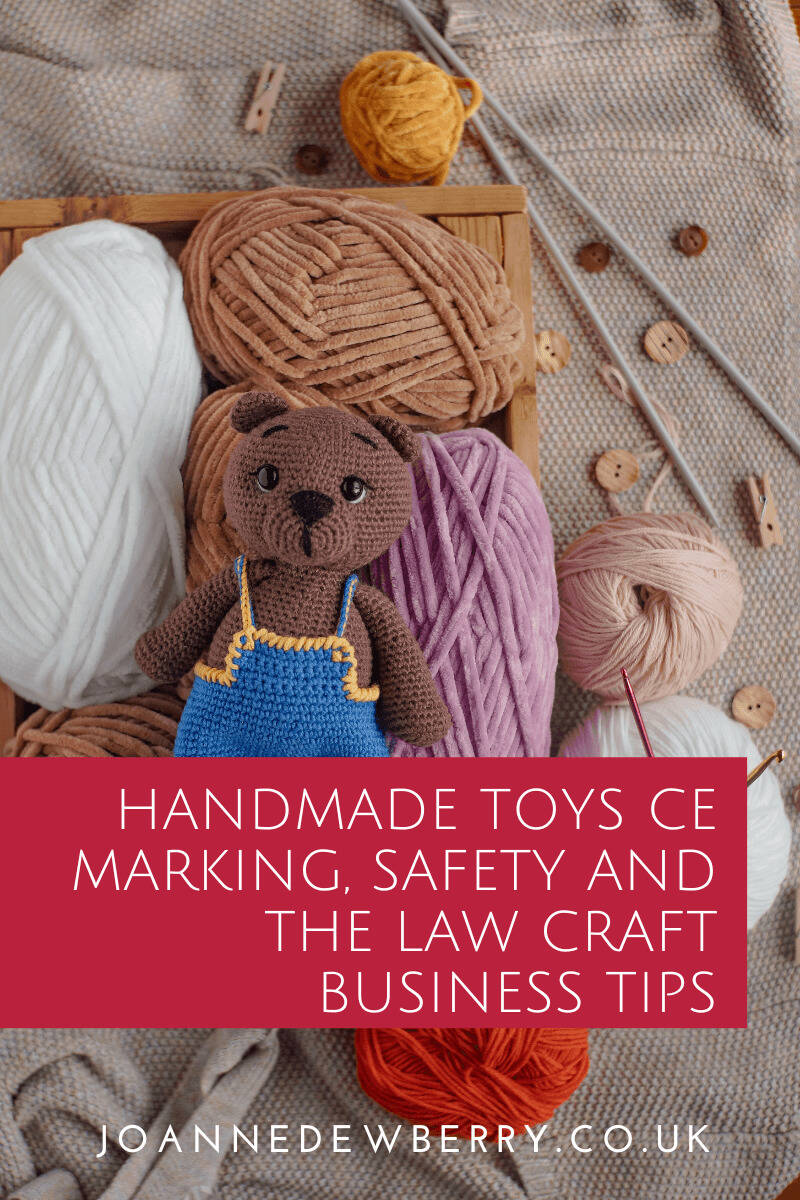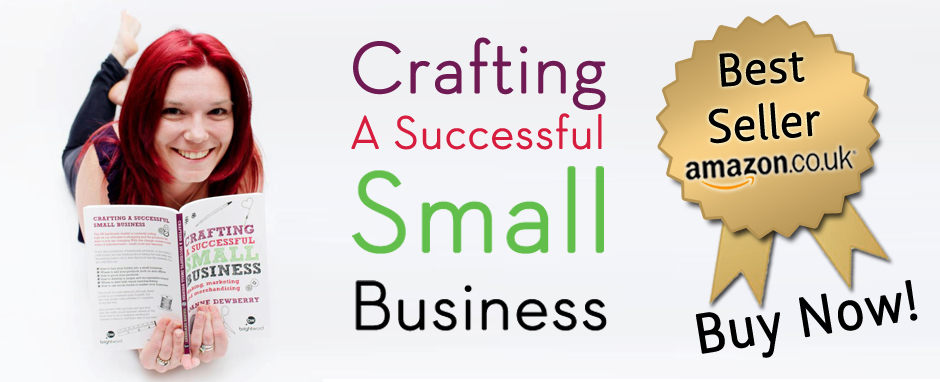Handmade toys CE marking for safety was originally posted by Erica, from Odds & Soxlets. Erica has kindly let me repost it. It is such important information, many small businesses working from home, making handmade toys just don’t realise they must have some form of CE marking and testing it is the law. Please do leave comments and/or provide feedback about how easy/hard you found the CE marking process.
Thank you
 “The law regarding children’s toys and CE marking changed back in July 2011 and the new Toy Safety Directive 2011 came into force. This meant that all products designed or intended (whether or not exclusively) for use in play by children under the age of 14 are required by law to have a CE logo.
“The law regarding children’s toys and CE marking changed back in July 2011 and the new Toy Safety Directive 2011 came into force. This meant that all products designed or intended (whether or not exclusively) for use in play by children under the age of 14 are required by law to have a CE logo.
This includes handmade products that also look like toys even if you have specified they are for decorative purposes and not suitable for those under the age of 14 years. The only exception to this is Christmas/novelty products which you can find out more about from Trading Standards.
I have put together a variety of information and links together regarding this subject for any fellow artisans who make knitted/crocheted/felt or other fabric style toys (including sock toys) on how to obtain a CE logo for their products.
Firstly you need to research the New Safety Directive 2011 and find out how this affects you and what handmade products you produce, Business Link and BSI are very useful resources for finding out the basics.
The most obtainable way for handmade toys to gain CE marking is to self-certify your products. This is the least expensive way and I would recommend a company called Conformance, they currently do two packs which I believe to be very useful and ensure you are following the correct route to self-certification. They have recently added a pack ‘CE marking for knitted toys’ which is specifically designed to help home toy-makers meet the legal requirements of the Toy Safety Directive. It gives you all the information you will need to be able to test your toys and gives details on the documents you need to produce and keep. Even though the pack is designed for those making knitted toys, it can also be used for simple felt or fabric toys too! You can also download the CE logo from them to add to your products.
They have recently added a pack ‘CE marking for knitted toys’ which is specifically designed to help home toy-makers meet the legal requirements of the Toy Safety Directive. It gives you all the information you will need to be able to test your toys and gives details on the documents you need to produce and keep. Even though the pack is designed for those making knitted toys, it can also be used for simple felt or fabric toys too! You can also download the CE logo from them to add to your products.
There is a great deal of paperwork involved in self-certification as each and every component of your product plus the final product itself needs to comply with the EN71 European Standard for Safety of Toys. Depending upon your product you may wish to use a 3rd party company to test either components or the full product and then each and every toy will require a Technical File and Declaration of Conformity to show that your toys reach the appropriate standards and are safe for children.
You will then be able to add the CE logo to either a sewn-in label on your handmade product or a tag style label around your product whichever is more suitable. The design and information of this label are also very important. This will cover any products you offer for sale in the UK and Europe ONLY! If you want to sell your products worldwide then you must check out the laws on toys for those countries too!
You will have to ensure that all of the fabrics/stuffing etc you use to make your toys have either already been tested to meet the EN71 or you will be required to get them tested yourself. If you contact the manufacturer of your products they will be able to tell you this information. With socks in particular, as they are a clothing garment, they are not required by law to have been tested to these guidelines so you will have to either test the socks yourself or look at getting a 3rd party testing facility to do this for you like Conformance. There are many companies out there that offer advice and services in regard to CE Marking so it is best to do your own research and choose a company that can offer you the best for your money.
Edit September 2021: I get a lot of questions about knitted products and products that aren’t sold – do they still need to conform and be CE tested? Well here’s the information directly from Toy Safety and Subscription Products Administrator at Conformance.
All toys that are sold, donated, given away or rented out must be CE/UKCA marked. This includes soft toys, and handmade and homemade toys. The CE and UKCA marking requirements of all toys are listed in the Toy Safety Directive (CE) and Toys (Safety) Regulations (UKCA). In terms of the specific testing requirements and specifications for each toy, these are written in the Toy Safety Standard, EN 71.
The self-certification pack for soft toys (which includes knitted) lists all the tests required, along with the other requirements for the manufacturer of a toy.
Some other links which may also be useful:
- Trading Standards
- CE-Marking.org
- BSI Group
Please note: This blog post is intended to help other artisans find out further information regarding handmade toys CE Marking in regards to their own products and ‘Odds & Soxlets’ takes no legal responsibility for the content.”

